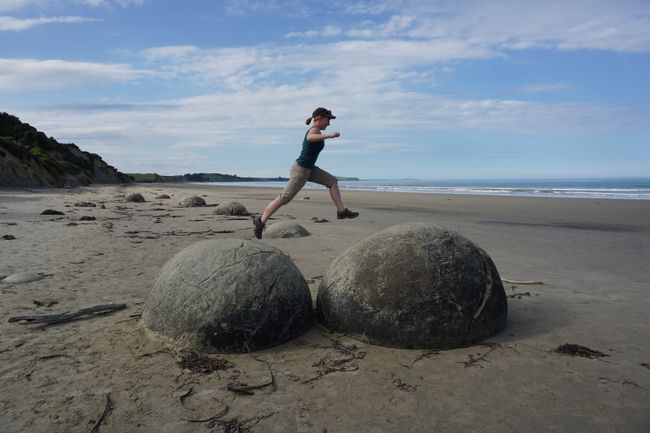4.12.2017: Impressive 'Cathedral Caves'
Publicado: 07.12.2017
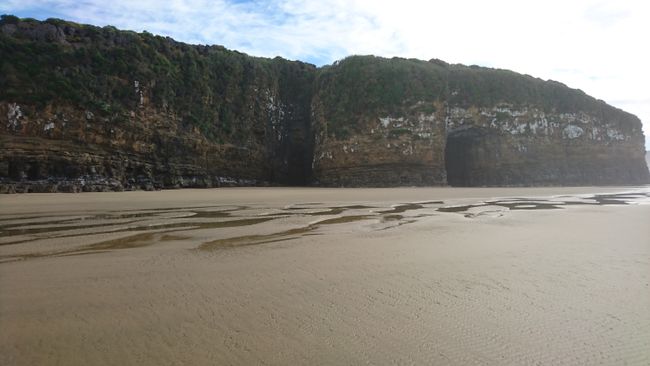
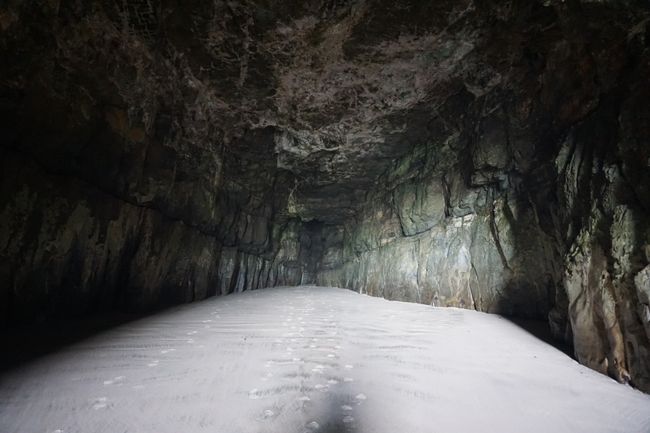
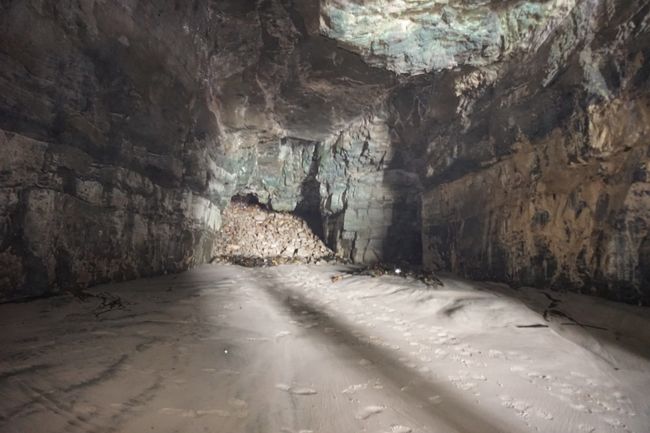
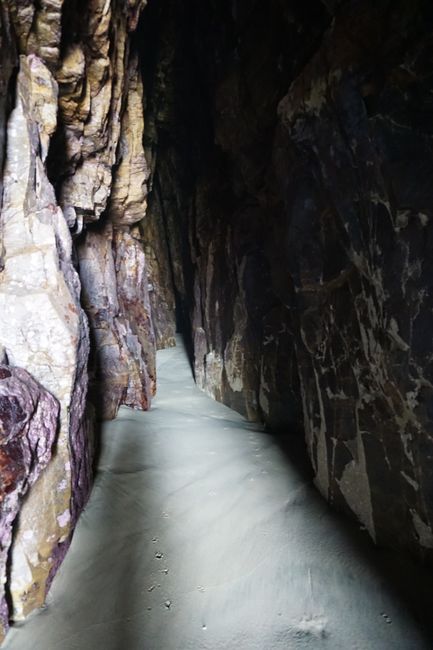
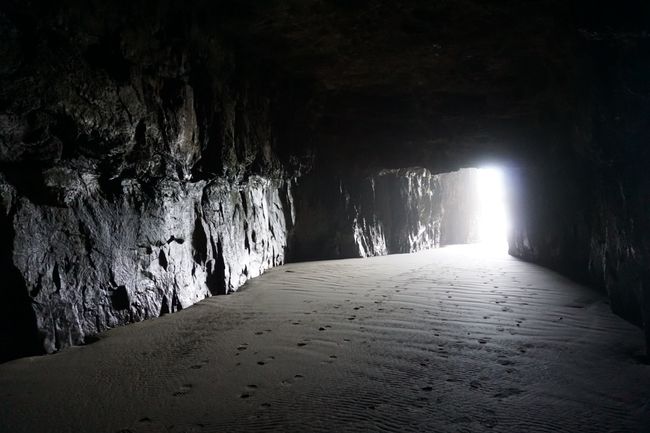
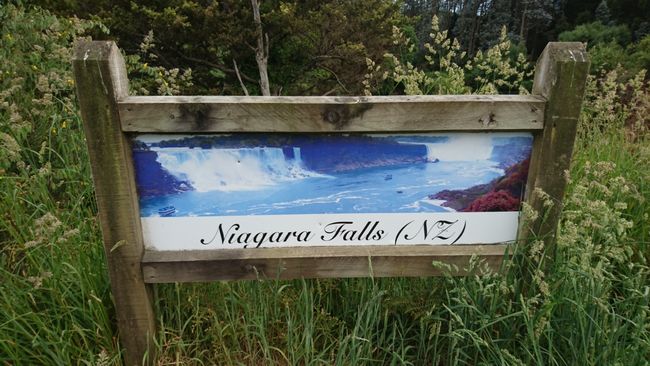
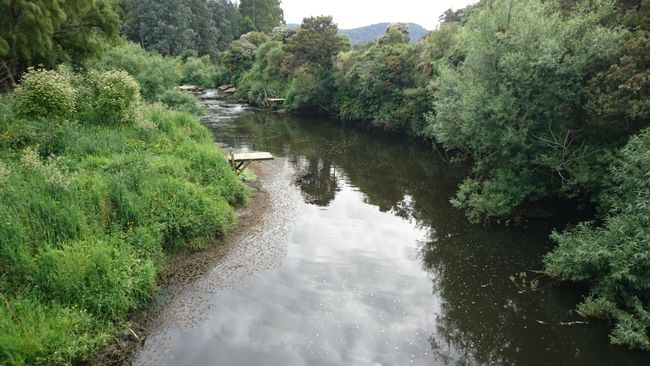
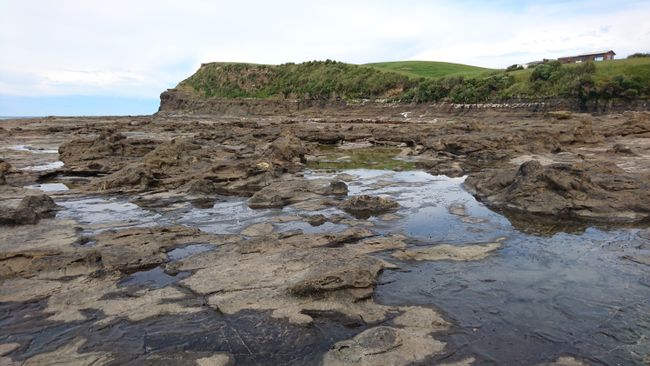
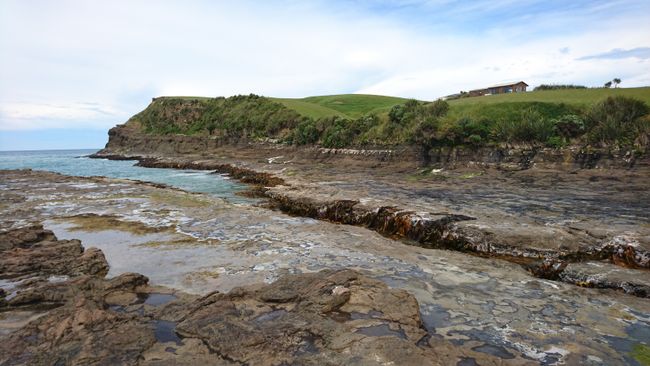
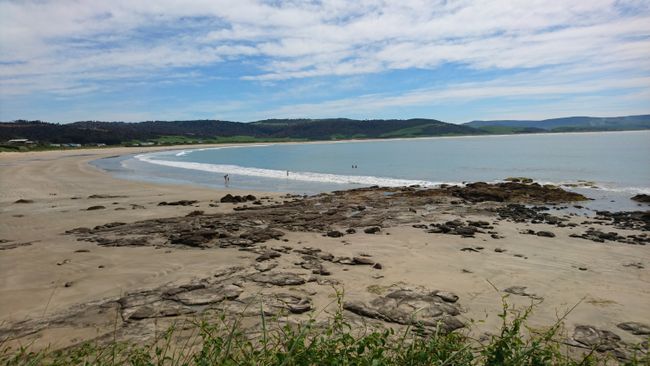
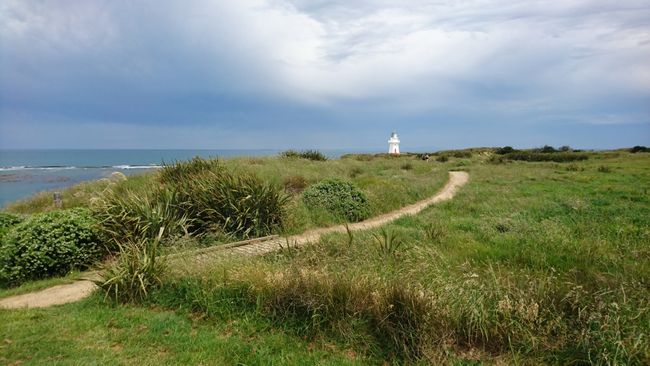
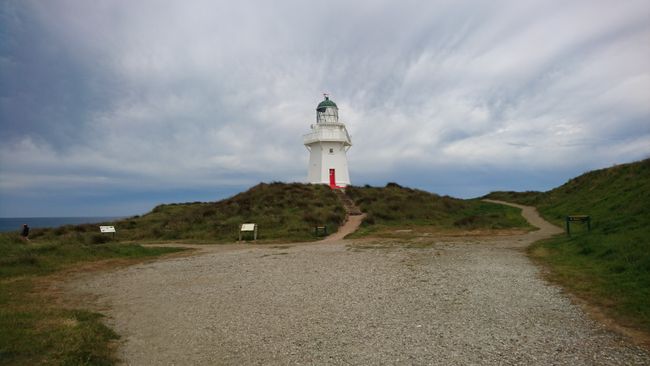
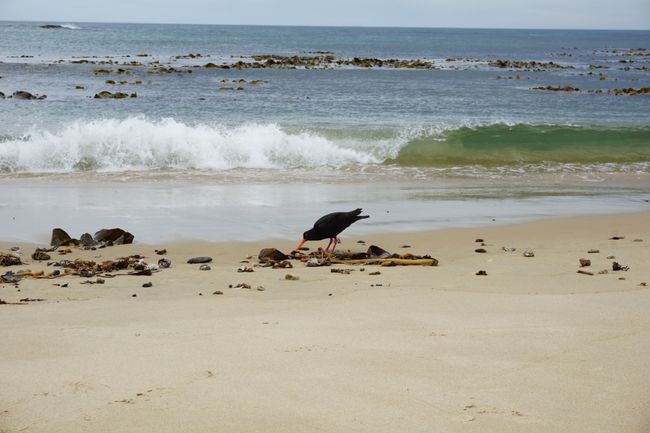
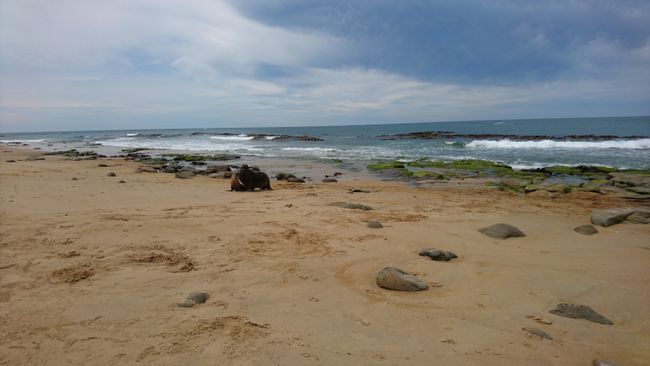
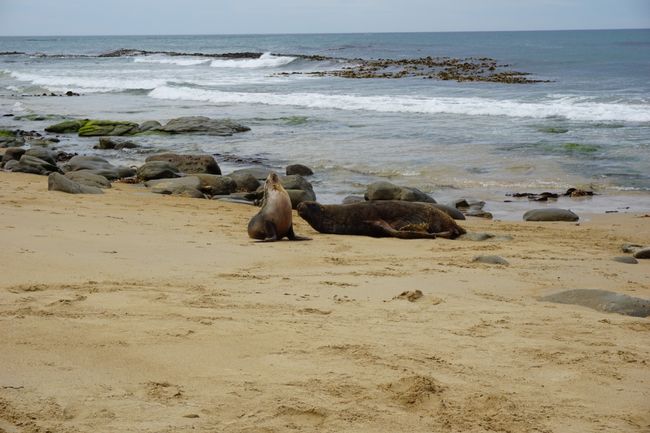
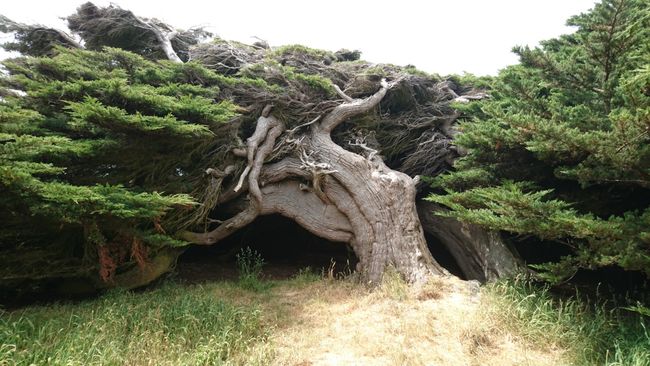
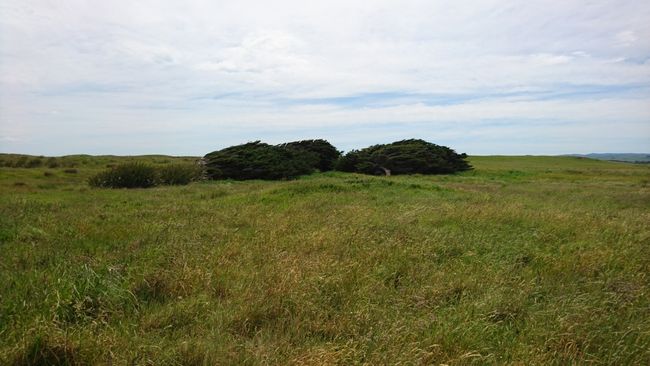
Willakuy qillqaman qillqakuy
At 6:00 AM the alarm clock rings. We depend on low tide and leave early for the Cathedral Caves, which are only accessible two hours before and one hour after low tide. A 15-minute walk leads from the parking lot down to the beach. The most gigantic cave with a height of 30 m is perched right at the beginning between the cliffs. On one side, we go in and on another side, we go out. To visit some other caves, we have to roll up our pants legs because the water is still up to my knees at this section of the beach. But the little cave tour is worth it. The only thing that diminishes the exploration of the deep caves (in one of them, penguins even nest) are the annoying sandflies, for which we are not yet prepared with insect repellent. The only solution is to keep going because sandflies are slow and can't keep up as long as we keep moving. We walk to the end of the beach and then turn back. On the way back, the water is only up to our ankles. A worthwhile stop, and since we were so early, we avoided the later arriving tourist crowds.
At the New Zealand Niagara Falls, you immediately have a concrete idea about their dimensions. Even a photo of the American original on site fuels this thought. Nothing prepares the visitor for the fact that these are the smallest waterfalls in New Zealand. The water falls less than a meter deep - very funny!
Although mentioned in every tourist guide about New Zealand, Curio Bay doesn't captivate me even four years later. The yellow-eyed penguins cannot be seen at this time of day, and the petrified forest is not really exciting in Eric's and my eyes, but it welcomes many visitors. Therefore, we don't stay long and walk over to the expansive holiday park, where we treat ourselves to an ice cream at the kiosk and take a look at Porpoise Bay, where the Hector dolphins, which are only native to New Zealand, are at home all year round. However, we don't see a single one. Who knows, maybe there is also a higher chance of sighting at a certain time of day, similar to the penguins, which we missed.
So back to the car, farewell to the paved road, and onto the poor gravel road that inevitably slows us down to 30 km/h.
The turnoff to Slope Point, the southernmost point of New Zealand, is closed due to construction work. I would have liked to show it to Eric, but unfortunately, there is nothing we can do with only one access road.
So we continue directly to Waipapa Point, where a lighthouse (which was built in 1884 after a shipwreck in which 131 people died) and a playfighting sea lion couple await us. The two are not bothered at all by the tourist photographers, so we just watch them for a while.
Since I cannot reach the hostel we selected in Invercargill by telephone, I write an SMS with an inquiry about a vacant room. At the same time, we make our way there. The surprise on site: even though it is listed in this year's hostel guide, they no longer have the backpacker accommodation. The rooms are only rented to students, I learn from one of the residents. So we head to the other BBH hostel and manage to snag the last two beds in a four-bed room. Lucky us! Then Eric and I walk along the main street for a while - Invercargill is not really exciting. In my opinion, anyone who skips the city doesn't miss anything essential. By the way, I never received a response to my call or the SMS from the other hostel, even though the voicemail still mentions the backpackers.
Willakuy qillqaman qillqakuy
Kutichiy

Viaje willakuy Musuq Silanda

